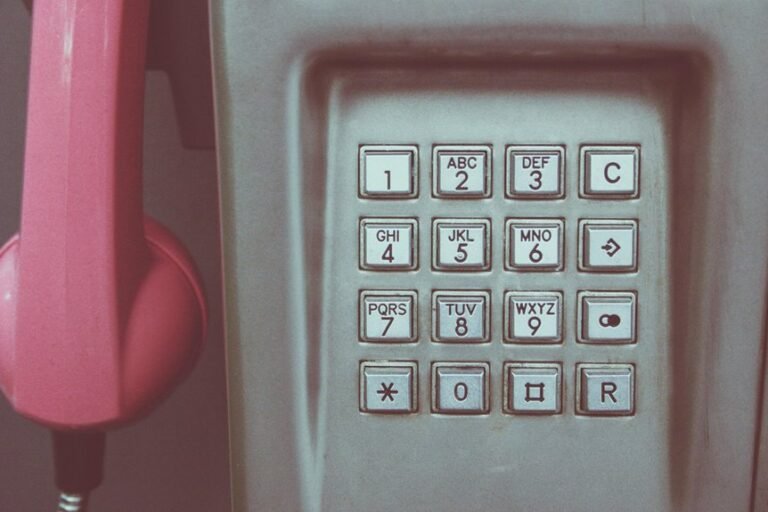Business Support Line – Verify Calls From 9152255478, 5033434972, 8668338380, 8662920418, 6265697239, 6156004942
In today’s digital landscape, verifying the authenticity of incoming calls is crucial for businesses. Numbers such as 9152255478, 5033434972, 8668338380, 8662920418, 6265697239, and 6156004942 warrant careful scrutiny. With increasing reports of scams, it is essential to employ effective methods to confirm caller legitimacy. Understanding how to navigate these challenges can safeguard operations. What steps can be taken to ensure that these calls are genuine?
Identifying Potential Scam Calls
How can businesses effectively discern between legitimate inquiries and potential scam calls?
Employing call tracing technology enhances scam detection by revealing caller identities and locations.
Businesses should analyze caller behavior, including urgency and requests for sensitive information.
Establishing protocols for handling suspicious calls further safeguards operations, empowering companies to maintain their freedom from fraudulent activities while fostering a secure communication environment.
How to Verify Caller Legitimacy
What methods can businesses employ to verify the legitimacy of callers?
Caller verification can be achieved through thorough phone number research, including checking caller ID against known databases and utilizing reverse lookup services.
Businesses should also consider contacting the organization directly using official communication channels to confirm the caller’s identity.
This proactive approach safeguards against potential scams and ensures informed decision-making.
Best Practices for Protecting Your Business
Verifying caller legitimacy is just one aspect of a comprehensive strategy to safeguard a business from potential threats.
Implementing robust employee training programs enhances awareness of scams and fraud tactics. Additionally, effective call screening procedures help filter suspicious calls, reducing risks.
Combining these practices fosters a culture of vigilance and empowers employees, ultimately fortifying the business against external threats and ensuring operational integrity.
Conclusion
In the realm of business communications, verifying the authenticity of calls is akin to navigating a dense fog; clarity is essential to avoid potential pitfalls. By employing thorough verification methods and maintaining vigilance against scams, businesses can safeguard their interests. The strategies outlined not only foster a secure environment but also empower organizations to distinguish between legitimate inquiries and deceptive attempts. Ultimately, a proactive stance on call verification can serve as a strong defense against the ever-evolving landscape of fraud.






